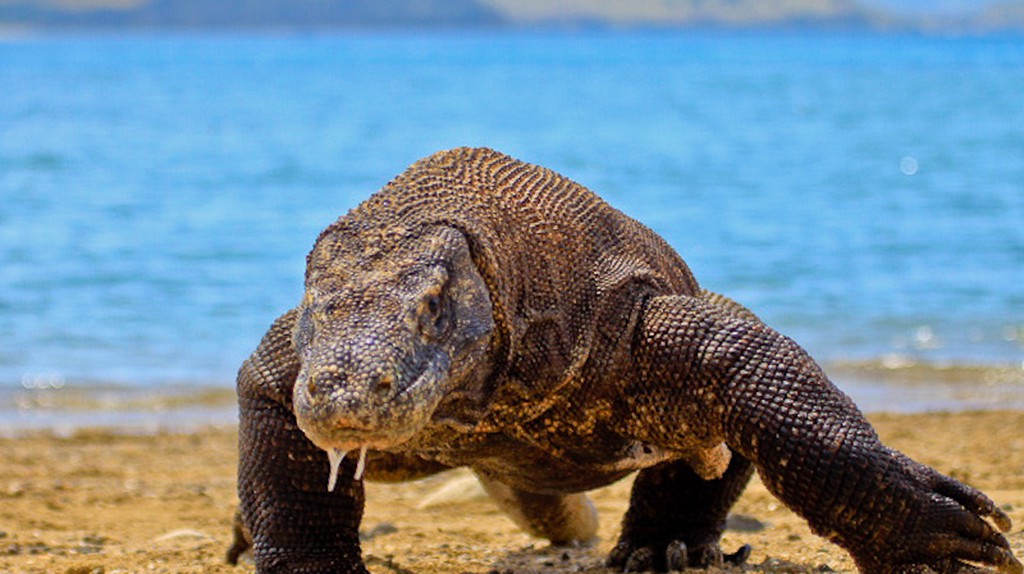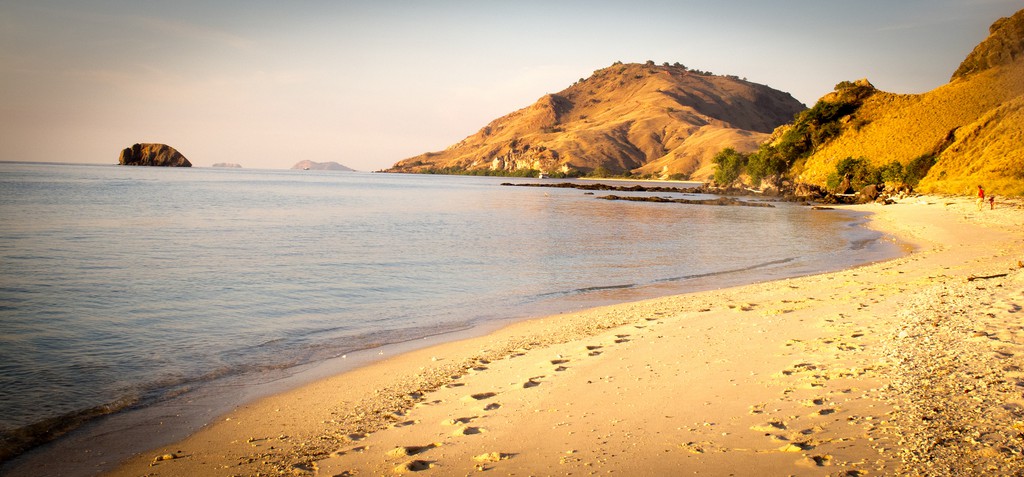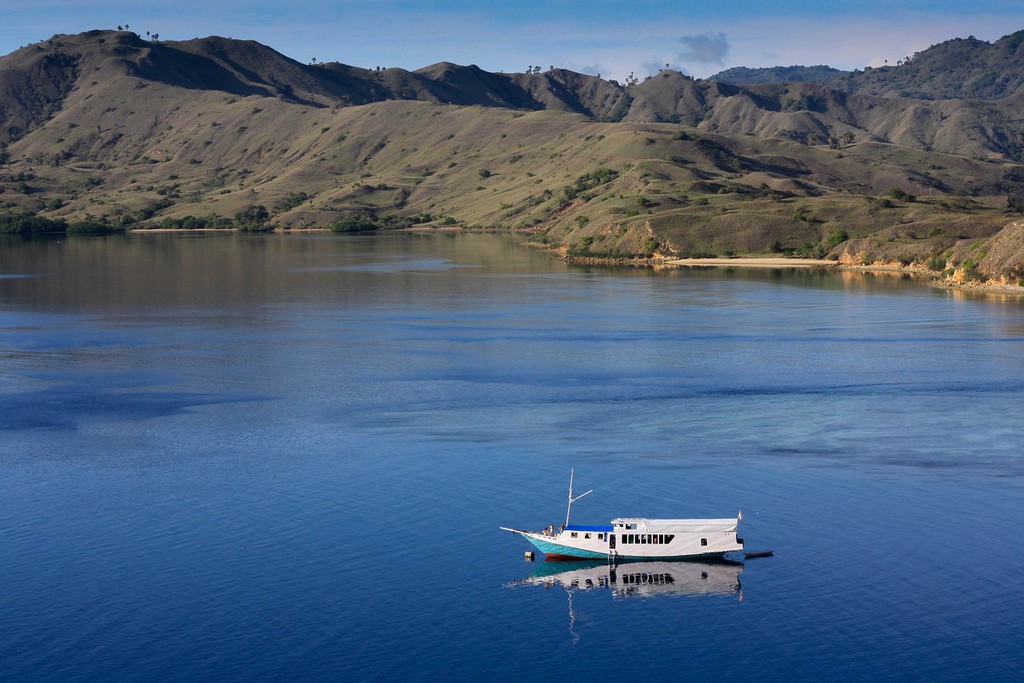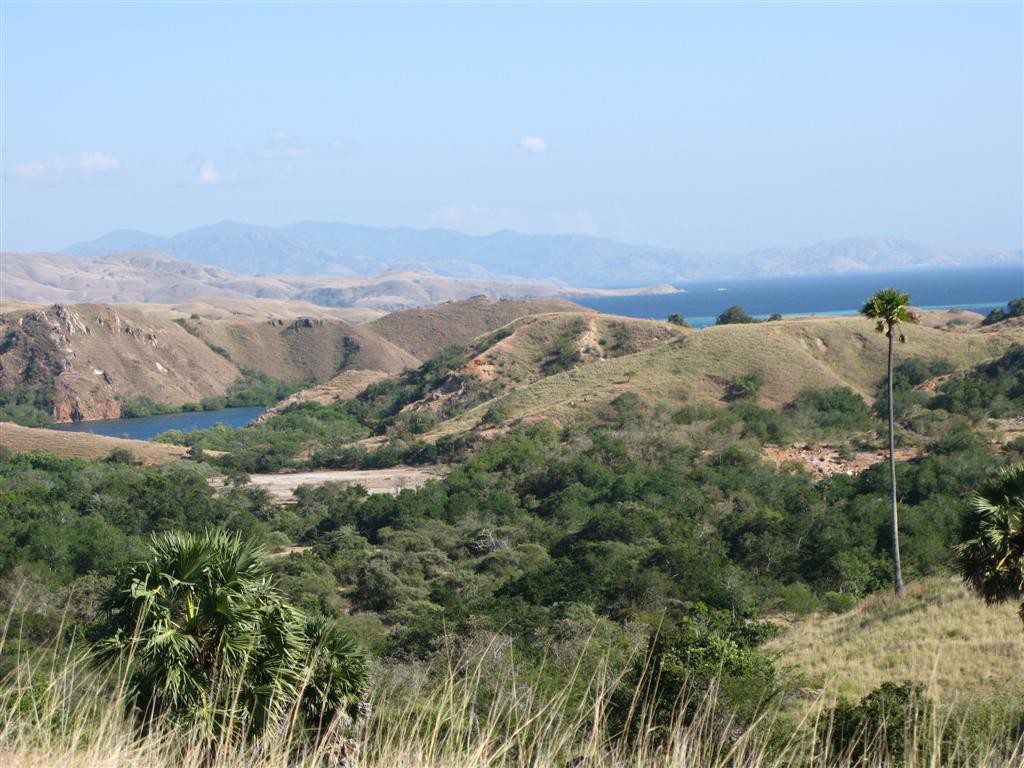
Komodo Dragon
Zoo Dragon
Komodo National Park in Indonesia Is One of the World's Finest Treasures
EDIRA PUTRI
19 JUNE 2017
Komodo National Park comprises three islands—Komodo Island, Padar Island, and Rinca Island—and numerous surrounding smaller islands.
Komodo National Park comprises three islands—Komodo Island, Padar Island, and Rinca Island—and numerous surrounding smaller islands.

A beach at Komodo National Park
The park’s importance is acknowledged by global organizations such as a UNESCO World Heritage Site in 1991. WWF and Conservation International have recognized the place as a global conservation priority area. The park’s status as one of the 'New 7 Wonders of Nature' has established its global significance.
Komodo Dragons can only be found on five islands in the world, four of which are part of the national park, plus the nearby Flores Island in East Nusa Tenggara.
Komodo Dragons can only be found on five islands in the world, four of which are part of the national park, plus the nearby Flores Island in East Nusa Tenggara.
According to scientists, this particular species has managed to survive for millions of years, making it one of the oldest species that still exists today.
Many scientists believe that the otherworldly Dragons are close relatives to the dinosaur, from the same era and showing similar bodily structure. Thus, Komodo Dragons are often called “the last dinosaur in the world.” The species is the largest living species of lizard, with an average length of 2-3 meters.

The mighty Komodo Dragon
The national park's distinctive natural environment combines a nutrient-rich ocean water and volcanic elements, which have made it possible for thousands of different species to thrive in and around the islands. As many as 1,000 species of tropical fish, 260 species of coral, 70 species of sponge, as well as endemic species like the orange-footed scrub fowl, the Timor deer, Rinca rat, turtles, dolphins, and dugongs.

The blue sea of Komodo National Park, Indonesia

The view at Komodo National Park, Indonesia
Facts about the Komodo Dragon
• They can run up to 20 kph.
• When a baby Komodo dragon hatches it burrows out of its dirt mound of a nest and makes for the nearest tree to stay until it grows up. It must make it to the tree before its mother sees it or she will eat it. Up in the tree it stays living on insects, lizards, birds and anything else that has the misfortune of landing there until it is too heavy to stay on a branch. They are camouflage grey/brown, so hard to see them in the trees, or on the ground.
• There are over 2,200 dragons on the 390 sqm Komodo island and two other islands nearby. They are also all micro-chipped. To do that risky job, one lures them into a cage with raw meat and jabs the chip in.
• Locals believe that it’s the toxic bacteria in Dragon saliva that kills, but a scientific study by the University of Melbourne in 2009 dispelled that and proved that there is venom in their saliva. If the prey manages to get away it soon collapses and dies and the dragon can feast on it later. It's hard to survive their sharp teeth and deadly claws.
Link: https://theculturetrip.com/asia/indonesia/articles/why-the-komodo-national-park-in-indonesia-is-one-of-the-worlds-finest-treasures/
Largest Lizard on Earth | The Komodo Dragon | Deadly 60 | Indonesia | Series 3 | BBC
Published on Feb 14, 2014
SUBSCRIBED 4.2M
Steve Backshall travels to Indonesia in search of reptiles to add to his list of 60 deadly predators. He and his crew have a nerve-racking close encounter with three metre long Komodo dragons, the world's largest venomous lizards!



Komodo dragons fight over a kill

Steve Irwin

Steve Irwin
No comments:
Post a Comment